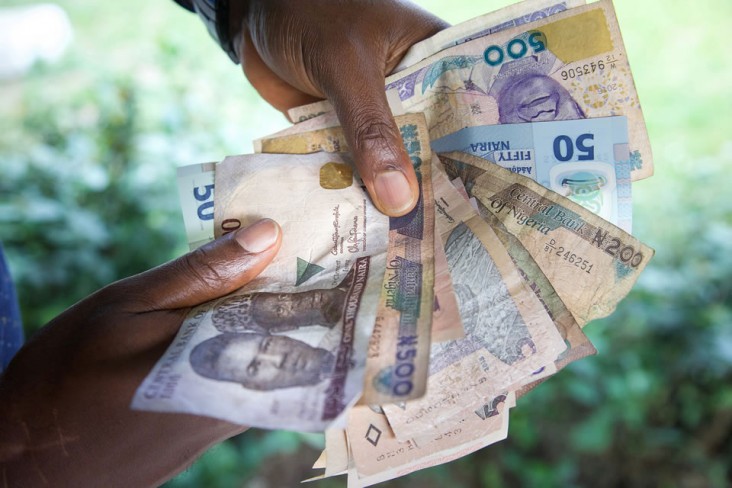- What We Do
- Agriculture and Food Security
- Democracy, Human Rights and Governance
- Economic Growth and Trade
- Education
- Environment and Global Climate Change
- Gender Equality and Women's Empowerment
- Global Health
- Humanitarian Assistance
- Transformation at USAID
- Water and Sanitation
- Working in Crises and Conflict
- U.S. Global Development Lab
Speeches Shim

Countries use public and private sources to finance the health needs of their citizens. As countries’ economies develop, the share of donor assistance for health declines. In the transition, public spending for health tends to remain flat or increase slowly, while out-of-pocket spending rises rapidly. This can worsen access to health care and drive people into poverty from catastrophic medical expenses.
The last 50 years have seen a historic five-fold increase in gross domestic product per capita in the world. As a result of this trend, more countries are moving away from reliance on foreign aid to finance their health budgets and are seeking to mobilize their own domestic resources.
Domestic resource mobilization (DRM) is the process through which countries raise and spend their own funds to provide for their people. It includes activities such as tax reform to increase overall government revenues; public financial management to ensure that existing resources are allocated to the best value and reduce systemic inefficiencies that delay the expenditure of resources; and investing to mobilize private capital for specific up-front costs associated with service expansion. In global health, DRM also means advocating for greater resources for the health sector; expanding risk pools associated with health insurance to make individual private spending more predictable and efficient; and increasing coordination between the public and private sectors to improve provision and financing of health care.
In this way, USAID focuses not only on raising more domestic resources for health, but on ensuring that resources target the populations most in need and provide services that yield the greatest health benefits.
DRM catalyzes countries’ investments in their health systems and in the long-term health, productivity and prosperity of their people. It helps put countries on a path to sustainable financing for development goals and is therefore a critical step on the journey to self-reliance.
Learn more about our DRM efforts:
USAID Health Finance and Governance Project
USAID Health Finance and Governance Project’s Advancing Health Systems Podcast
Sustainable Financing Initiative: Controlling the HIV/AIDS Epidemic Through Shared Responsibility
Analysis of the Linkage between Domestic Revenue Mobilization and Social Sector Spending [PDF, 441KB]

Comment
Make a general inquiry or suggest an improvement.